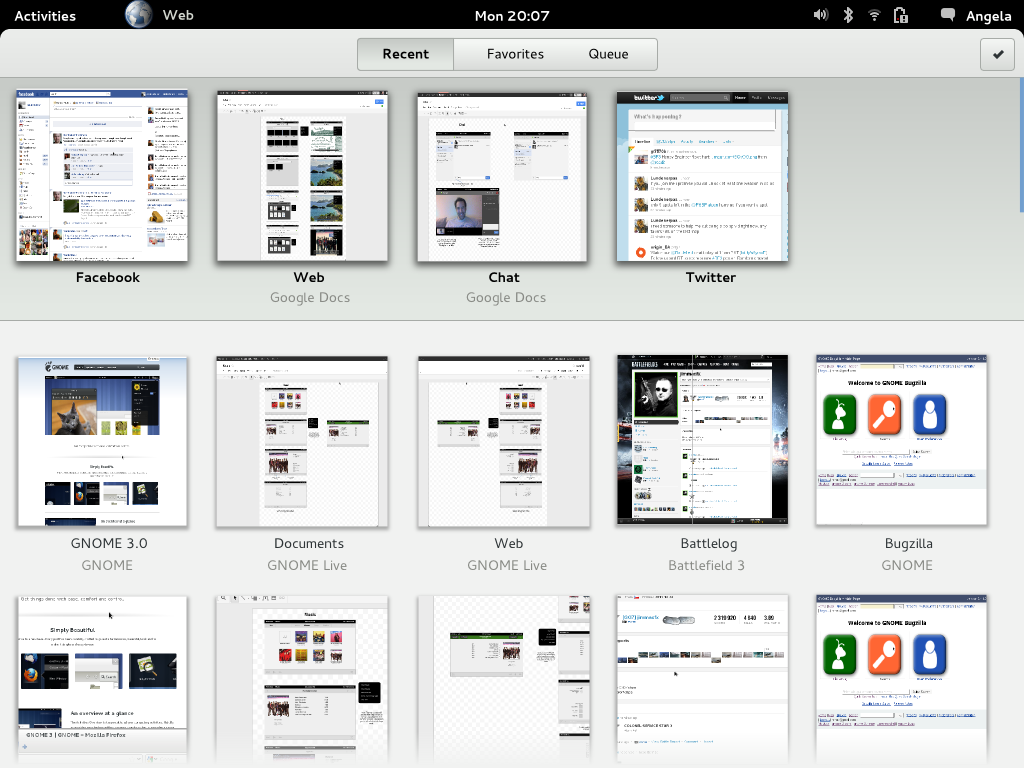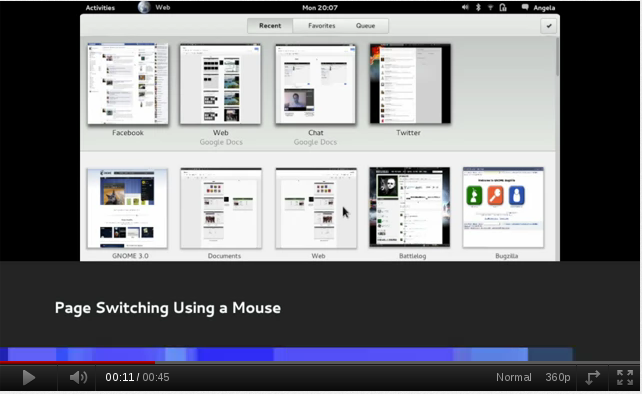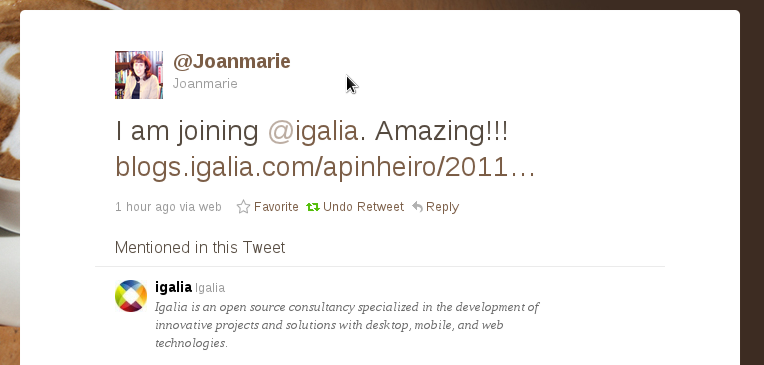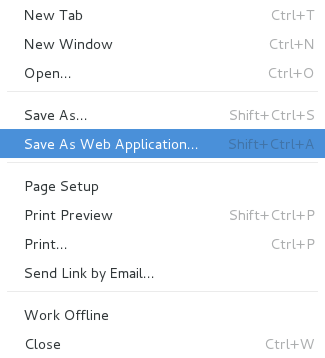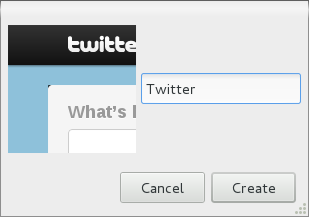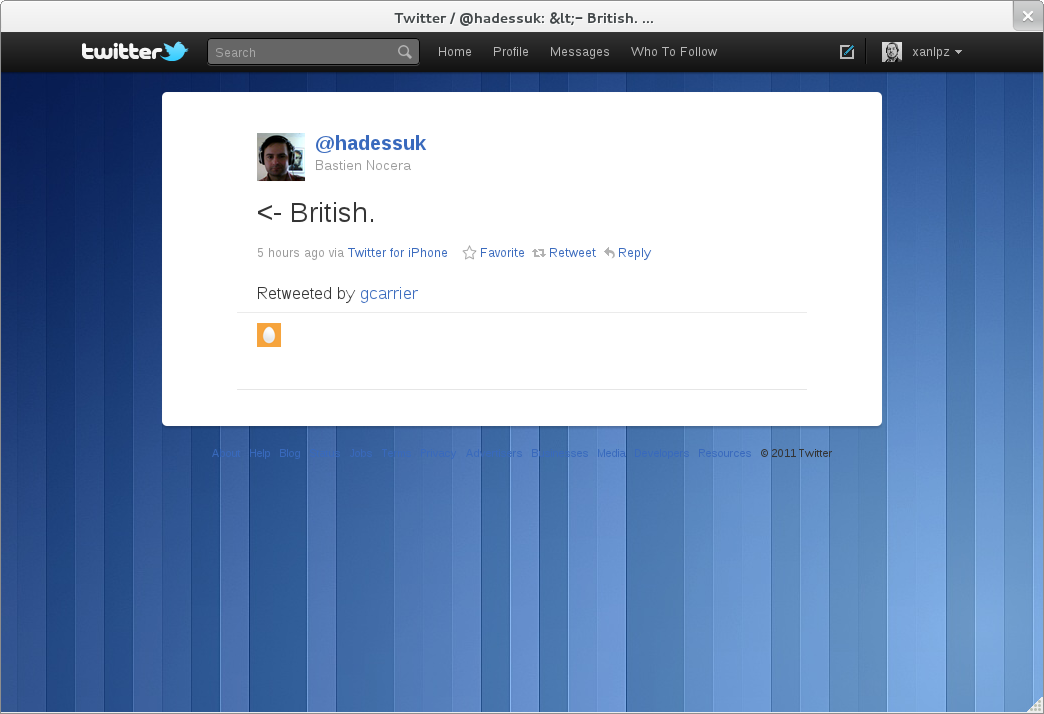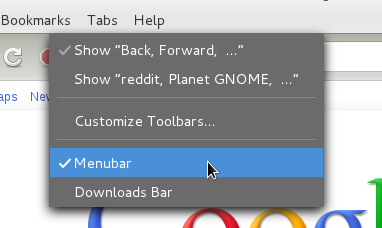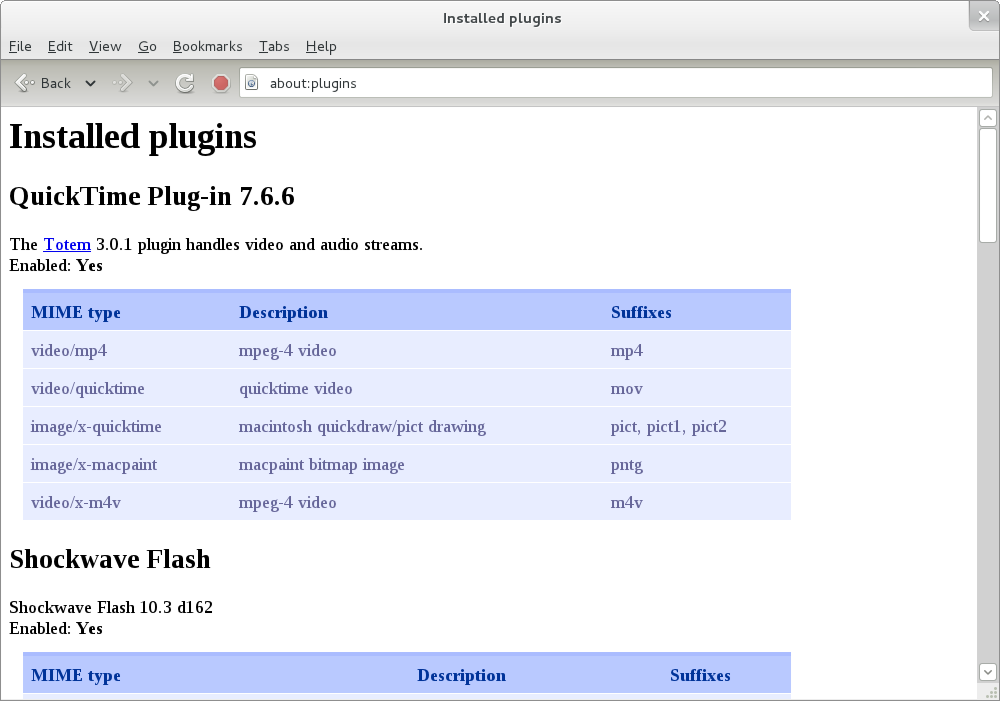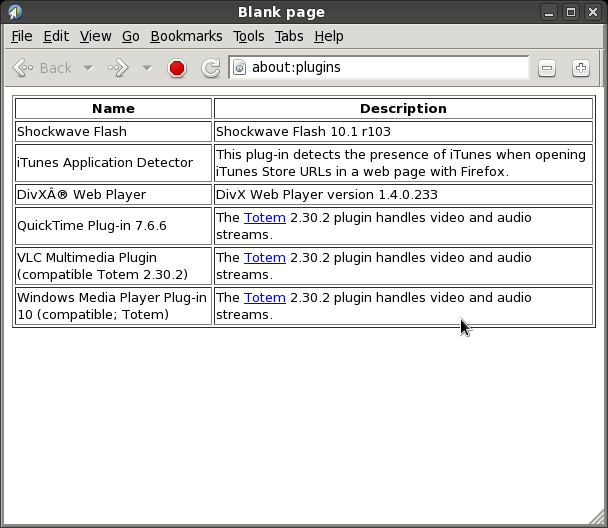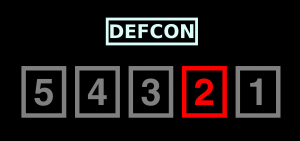A few months ago the Apple Store accumulated more than 500,000
approved applications available for download. This is a very
remarkable fact for a relatively new platform using somewhat obscure
technologies. It is, also, a very profitable situation for Apple.
It is a bit besides the point of this post whether a platform is
popular because it has half a million applications or whether it has
half a million applications because it’s popular; the truth is likely
that popularity and a lot of applications go hand in hand in a
self-reinforcing loop. That being said, the fact remains that any
platform that aims to be relevant needs to both convince developers to
create applications for it and to provide them with the means to do
so. If you start with an eye-popping, years ahead of its competition,
money-making miracle thing like the iPhone you might end up convincing
large amounts of people to target your platform specifically, but
usually having a great platform won’t be enough to do so. Think of
WebOS.
The question for us is, then: how are we going to get from where we
stand today to a vibrant constellation of applications centered around
the GNOME platform? Is there a path from today to 500,000 GNOME
applications in the future?
Developing GNOME and for GNOME.
The way things have worked so far is that we expect people to develop
for GNOME in a similar way to what in which we develop its core
applications. This is not only natural, but also has some great
qualities like making us dogfood our own development processes. It has
also some disadvantages, like expecting (perhaps unreasonably) all
developers to appreciate the perhaps too hacker-like tools we use and
routines we follow. Maybe not everyone wants to use the shell, emacs
and git from the command line? Perhaps we can jump without problems
from C or JavaScript to Vala (the 3 languages currently used in the
core module set), although I have my doubts, but surely offering 5
different language alternatives in developer.gnome.org, with tutorials and API documentation, without really telling newcomers which one is recommended, encouraged or best supported might be too much for most people?
To the extent that our core development practices are reflected in our
third party developer story we need to keep our house in order. Being
able to use any language to target GNOME might be a strength, but the
fact that we cannot decide which language we want users to learn first
might perhaps just be the result of our internal confusion. The core
libraries are still overwhelmingly written in C, but all the new
generation applications and UI modules are being written in higher
level languages (finally?!). Which ones? Well, guess it
depends. Some use JavaScript, some use Vala, others might come in the
future, and it seems that the winner mostly depends on the tastes of
the module owners. Surely not all languages would be tacitly accepted
(sawfish was dropped, among other reasons, because it was written in a
dialect of Lisp), but I can see the situation getting worse before it
gets better.
Even if we sort out the language issue there would be further barriers
for new developers. Our platform has been massively cleaned up in
recent times, but the road to GNOME 3 has created new ambiguities: a
parallel, mostly internal, toolkit built on top of Clutter is used by
the Shell or Sushi, and if certain animations or effects are desired
in GTK+ projects the only choice seems to mix and match a bit of the
old and the new in the same application. Efforts are underway to unify
things, but again it’s not complicated to see how someone new to
the whole thing might be confused.
I could go on mentioning communication channels, tools, etc, but I
think the point has been made: as far as we expect people to develop
native GNOME applications in a way similar to how we work we need to
spend energy in clarifying our internal procedures, documenting them
and publishing easy to follow and simplified instructions for third
party developers. Otherwise GNOME will likely be perceived as a
platform that is difficult to develop for, best suited for expert
hackers, with few quality applications and not much appeal for the
mainstream. This would have been a reasonable conclusion some years
ago, and has been a repeated call to arms in the past. While I think
it still makes sense to do this, I believe we live in a time that
offers us new strategies that we can combine with this one, perhaps
better suited to our current capabilities and resources.
The Web.
The Web is winning. This horse has been beaten to death, so I won’t
dwell on the details at this point, but web technologies are here to
stay and are only becoming more and more important each day. Those who
repeatedly announce the imminent failure of the web as an application
development platform on the basis that it, well, sucks (and it kinda
does) miss two important points: first, the web is winning not because
it’s a beautiful platform, but because of its reach. Second,
whatever its flaws, the web platform has so much momentum and energy
put into it that it’s quickly overcoming most of the defects that it
had at some point, and things will only improve. Do you want an idea
of how big this is getting? Windows 8 applications will be built
using HTML and JavaScript. You don’t get more mainstream than that.
A new array of solutions designed to build web applications (packaged,
delivered to the user, run locally) is being created as we speak. From
Tizen’s endorsed WAC, to Mozilla’s OpenWebApps, to Chrome’s
Applications the list keeps growing in expansionary fashion, but
all the specs share the same father: a thin layer on top of HTML5, CSS
and JavaScript, bridging the gap between the W3C standard’s and the
needs of the apps. As the standards grow, those platforms will shrink,
and it is likely that in good time a reasonably standardized solution
will emerge.
Why is this relevant for GNOME? Never mind iOS, never mind Android,
one thing is clear: most of the next million apps written will be web
applications. Some huge players like Microsoft are already moving
there as fast as they can, and the rest will follow sooner or
later. Native apps won’t go anywhere for a long time, but developers
willing to maximize their reach will, increasingly, prefer web
applications over anything else. At least as their first choice. This
brings us a great opportunity. If we jump on this bandwagon, support
web applications as first class citizens on top of world-class
runtimes, and accept and even encourage people to run their web
apps on our operating system we can maximize our reach with a
fraction of the effort of fighting in the native SDK war against Apple
and Google. I think being smart in how we spend our scarce resources
is important, and I believe this is a fight that we can win if we put
our minds to it: let’s not forget our own platform, but let’s embrace
the web as it is emerging.
Most of this was shared with those present at this year’s GNOME Boston
Summit (in Montreal), and although there was a lively debate my
impression is that most of it was well received by the core hackers
present. We at Igalia believe that this is a promising way forward for
GNOME and we happen to have the skills necessary to make it happen, so
we are committed to keep investing in the foundational platform bits
like WebKit and to bring Web Application support to our OS: our plan
for the next months is to explore all the new technologies I have
mentioned, and start to implement a well integrated runtime to run the
next generation of web goodness at home.

